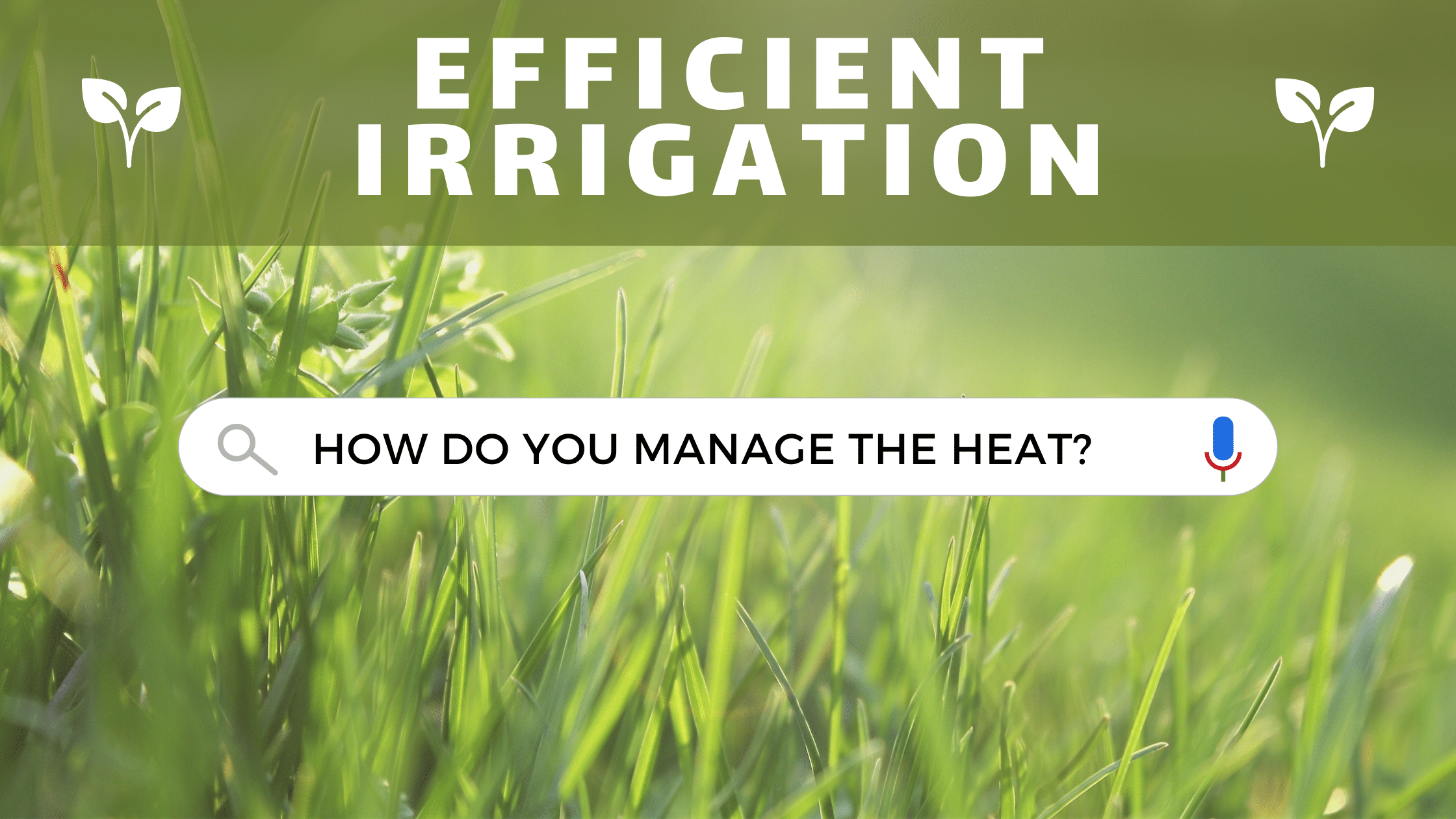Keeping your lawn green and healthy in the scorching summer heat requires strategic irrigation. Missteps in watering techniques can do more harm than good. Overwatering, watering at the wrong times, and watering too frequently can all spell disaster for your lawn. Follow these tips to ensure your lawn thrives in the summer heat.
Optimal Watering Time
Avoid watering your lawn during the sweltering summer afternoons as the water evaporates rapidly and may not reach the roots. The best time to water your grass in the summer is early in the morning, preferably before 9 a.m. The cooler morning temperatures allow the water to seep into the soil, delivering essential nutrients to the grass while minimizing evaporation.
This approach also allows your lawn to dry out throughout the day, reducing the risk of diseases and pests. Evening watering, although cooler, can create a damp environment conducive to lawn diseases.
Watering Frequency
Aim for your lawn to receive 1 to 1.5 inches of water per week, including rainfall. Avoid daily, short watering sessions as they can lead to shallow roots and increased vulnerability to drought. Instead, water deeply every other day, providing about 1/3 inch of water each time. This encourages deeper root growth, enhancing your lawn’s ability to withstand drought conditions.
Sprinkler System Maintenance
Selecting the right sprinklers and maintaining them effectively is crucial for efficient irrigation. Here are the types of sprinklers to consider:
- Stationary Sprinklers: Ideal for small areas or specific patches.
- Rotary and Impact Sprinklers: Suitable for medium to large lawns, covering circular areas
- Oscillating Sprinklers: Best for rectangular lawns
Read More: Your Guide to Home Irrigation: Tips for Central Indiana
To ensure even water distribution, conduct a simple test:
- Place an empty can in the sprinkler’s path
- Run the sprinkler for a set period
- Measure the water collected in the can
- Repeat for all sprinklers, ensuring consistent water levels
Adjust your sprinklers as needed for uniform coverage. Watch for puddles and runoff, signs of overwatering, and ensure you’re not watering the pavement.
Signs of Overwatering and Underwatering
Overwatering can prevent vital nutrients from reaching the roots and promote weed and fungal growth. Indicators of overwatering include:
- Excessive weeds, like crabgrass
- Fungal growth in damp areas
- Shallow root systems and root rot
- Increased insect activity due to exposed roots
Insufficient water can also damage your lawn. Look for:
- Dry, yellow patches of grass
- Gravelly, dry soil that doesn’t retain moisture
- Ascochyta Leaf Blight, a fungus that appears as yellow, brittle grass
To address underwatering, water more frequently with smaller amounts, ensuring the soil retains moisture.
Tips for Maximizing the Efficiency of Your Irrigation System
To further enhance the efficiency of your irrigation system, consider implementing these additional tips:
- Regular Maintenance: Regularly inspect and maintain your irrigation system to address any issues, such as leaks, clogged nozzles, or broken components
- Soil Amendments: Incorporate organic matter or other soil amendments to improve the water-holding capacity of your soil, reducing the frequency and duration of watering required
- Mulching: Apply a layer of organic mulch around your plants to help retain moisture, suppress weed growth, and reduce evaporation
- Landscape Design: Plan your landscape layout carefully, grouping plants with similar water needs together to optimize irrigation efficiency
Let Us Help
If you’re still struggling to maintain a healthy, green lawn, consider professional help. Haulstr offers services tailored to revive and sustain your lawn through the hottest months. Get started today.
